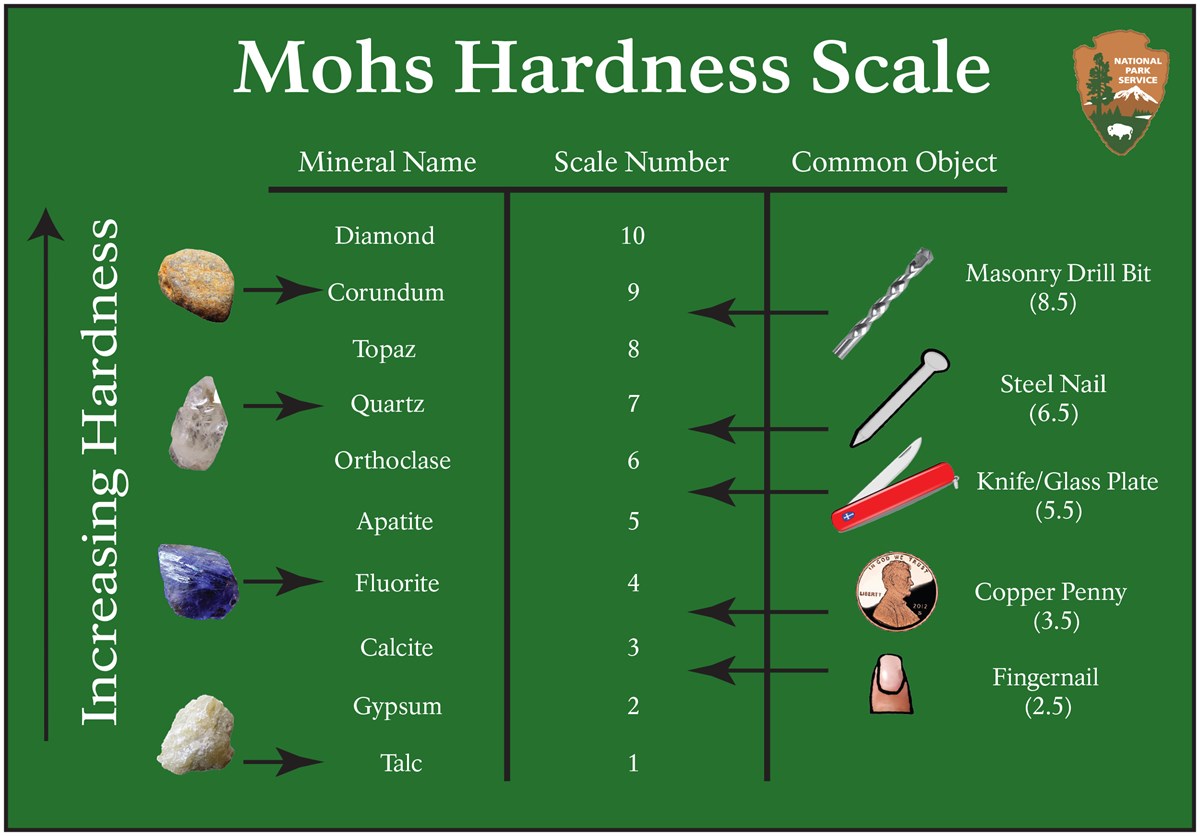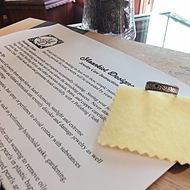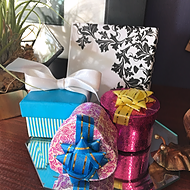Pardon Our Mess
Spring Cleaning
You may have noticed some changes on our Etsy stores and on the website over the last several weeks; we're updating our look! We've been working with our wonderful photographer to update our product photography. I have to say, this new background really makes the pieces pop!
In addition to the updating our photography, we're also in the process of updating our collections: adding pieces, discontinuing pieces, tweaking titles, etc. If there's a particular piece that you loved on our Etsy shop, check the website! Some of our designs are becoming website exclusives.
We would also like to announce our Curved Bands collection! We've had so many requests for curved bands fitted to our engagement rings, or for one of our bands to be fitted to a customer's ring, that we've set up a special section just for curved bands. This collection features several of our narrow bands and we are happy to fit them to any of our rings, or to one you already have!
Please bear with us while we make these changes! We promise the result will be absolutely worth all the current disarray. Happy Spring Cleaning everyone!



















